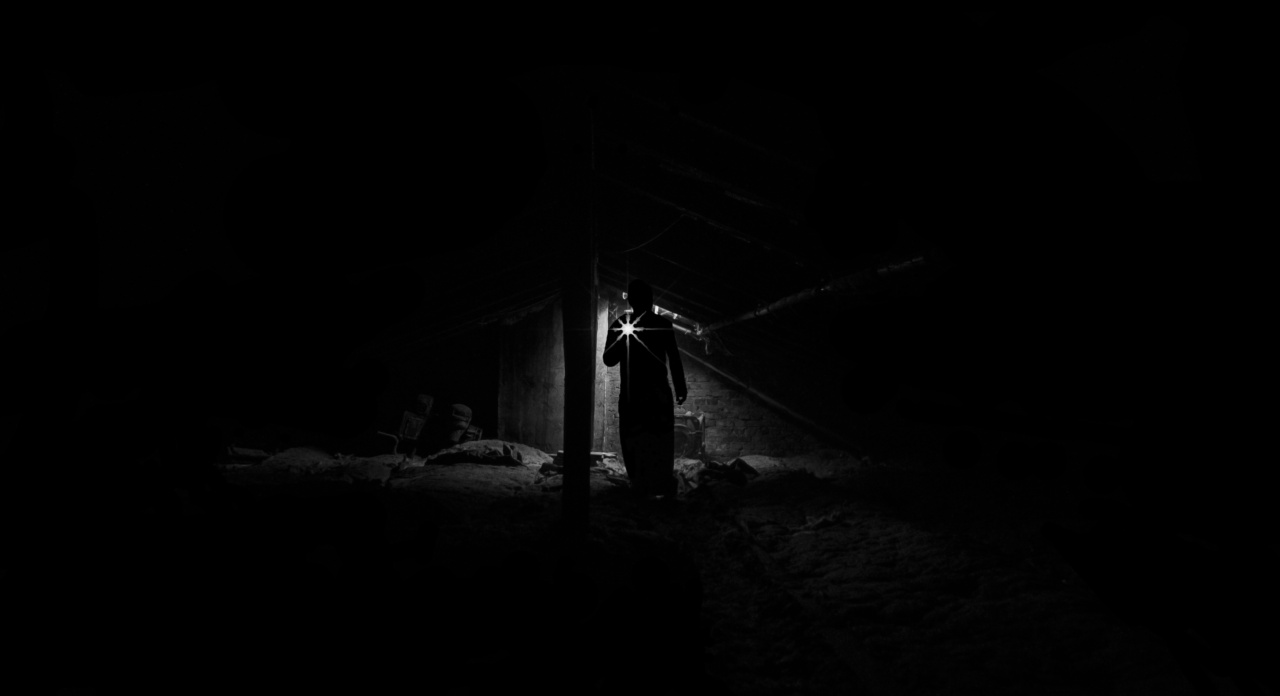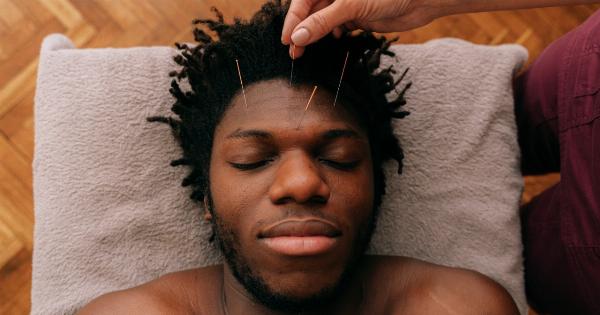Orthostatic hypotension is a medical condition that occurs when there is a sudden drop in blood pressure upon standing up from a sitting or lying position.
This drop in blood pressure can lead to symptoms such as lightheadedness, dizziness, fainting, and in severe cases, may even cause falls and injuries. Orthostatic hypotension can be a result of various underlying medical conditions or certain medications.
Common Causes of Orthostatic Hypotension
Orthostatic hypotension can be caused by several factors, including:.
- Dehydration: Inadequate fluid intake or excessive fluid loss can lower blood volume and lead to low blood pressure.
- Nervous system disorders: Conditions such as Parkinson’s disease, multiple system atrophy, and autonomic neuropathy can disrupt the body’s ability to regulate blood pressure.
- Medications: Certain medications used to treat high blood pressure, heart conditions, or depression can cause orthostatic hypotension as a side effect.
- Age-related changes: As we age, our blood vessels may become less elastic, making it harder for the body to adjust to changes in posture.
- Pregnancy: During pregnancy, hormonal changes can affect blood pressure and lead to orthostatic hypotension.
Diagnosing Orthostatic Hypotension
In order to determine if someone has orthostatic hypotension, a healthcare professional may perform the following tests:.
- Tilt table test: The patient is strapped to a table that can be tilted at different angles while their blood pressure and heart rate are monitored.
- Blood pressure measurements: Taking blood pressure readings while the patient is lying down and then again after standing up can help diagnose orthostatic hypotension.
- Medical history and physical examination: A doctor will inquire about the patient’s symptoms, medical history, and medications, and may conduct a physical examination to check for underlying conditions.
Managing Orthostatic Hypotension
While there is no cure for orthostatic hypotension, there are several techniques that can help manage and reduce symptoms:.
1. Increase Fluid Intake
Dehydration can worsen symptoms of orthostatic hypotension. It is essential to drink an adequate amount of fluids throughout the day. Water, herbal teas, and sports drinks can help maintain proper hydration levels.
2. Avoid Alcohol and Caffeine
Alcohol and caffeinated beverages can contribute to dehydration and further lower blood pressure. It is recommended to limit or avoid consumption of these substances.
3. Change Positions Slowly
When transitioning from lying down or sitting to standing, it is important to do so gradually. Moving slowly gives the body time to adjust and minimizes the sudden drop in blood pressure.
4. Compression Stockings
Compression stockings are tight-fitting garments that help improve blood flow and prevent blood from pooling in the legs. They provide extra support to the veins and help prevent orthostatic hypotension symptoms.
5. Regular Exercise
Engaging in regular physical activity can improve cardiovascular health, strengthen blood vessels, and help regulate blood pressure. It is important to consult with a healthcare professional to determine the appropriate exercise regimen.
6. Medication Evaluation
If medications are suspected to be causing orthostatic hypotension, it is important to consult with a healthcare professional. Adjustments to medication dosage or alternative medication options may be recommended.
7. Raise the Head of the Bed
If orthostatic hypotension primarily occurs in the morning upon waking up, elevating the head of the bed by placing risers under the bed’s legs can help minimize symptoms.
8. Increase Salt Intake
For individuals with normal blood pressure and no underlying medical conditions, increasing salt intake slightly can help raise blood pressure. However, this should be done under the guidance of a healthcare professional.
9. Small, Frequent Meals
Eating smaller meals throughout the day, rather than large, heavy meals, can help prevent post-meal drops in blood pressure.
10. Avoid Hot Environments
Hot temperatures can cause blood vessels to dilate and contribute to a drop in blood pressure. It is important to avoid hot environments and take necessary precautions, such as staying hydrated and using cooling devices if needed.






























